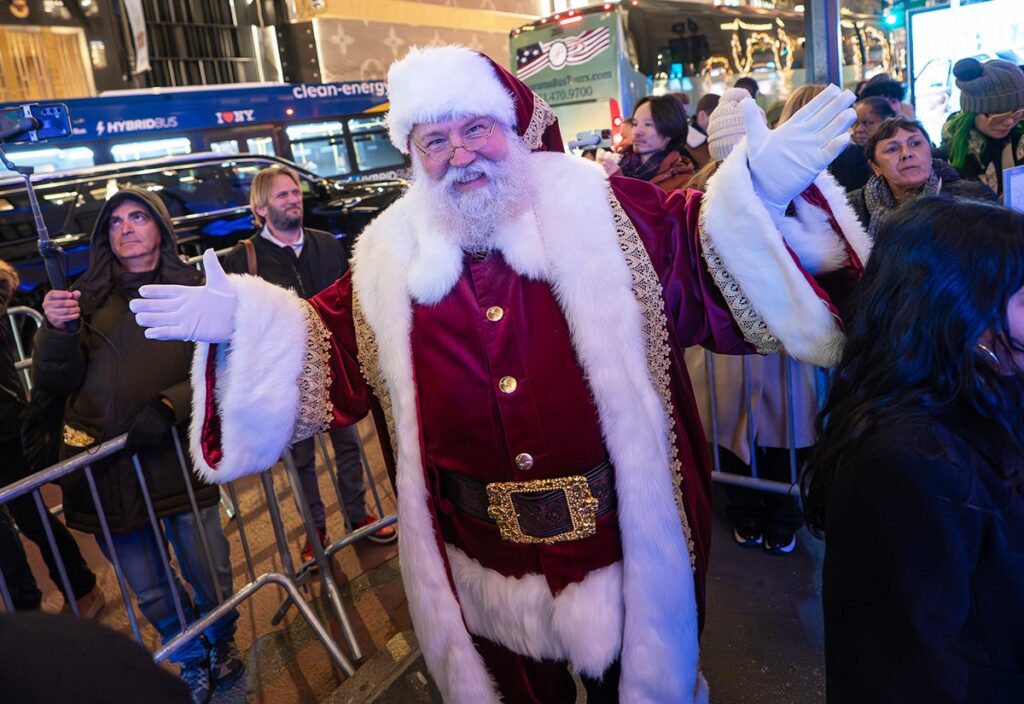The film “Harry Potter and the Order of the Phoenix” conjured up a domestic gross of $140 million over a four-day period of time. Add the additional $191 million from 44 other countries and you are talking real box office magic.
And on July 21, J. K. Rowling’s seventh and final volume, “Harry Potter and the Deathly Hallows,” hit bookstores across the country. Scholastic Inc. flooded the market with 12 million copies of the final tome, the largest-ever print run for the series. Sales of the first six books have topped 325 million copies worldwide. Rowling’s previous book, “Harry Potter and the Half-Blood Prince,” had a first printing of only 10.8 million. But it sold 6.9 million in the first 24 hours, making it the fastest selling book in history.
Surprised? Nah, neither are we. But all this is going to come as a nasty surprise to brand consultant, Martin Lindstrom who, a couple of years ago, just before the sixth Harry Potter book was released, asserted that “Harry Potter is headline news today because of the media blitz surrounding the new book. Six weeks later you won’t hear anything.”
The consultant based this insight on an 18-country study he conducted along with Millward Brown in 2003 and 2004. Apparently, they asked children 7 to 12 years of age “whether they thought Harry Potter was a fading phenomenon.” Mr. Lindstrom reported, “69% said they did” and said he thought the percentage (two years later) “is probably closer to 80%.” He noted that the intensive media blitz overexposed the brand to kids, saying “I’m even more adamant about this point of view today than I was three years ago.”
I don’t know if you read about this back then, but reading it now, a big study like that raised a number of questions about loyalty, engagement, and research. I had three initial questions
- Are you crazy?
- Who paid for this research?
- Precisely what kind of muggles were they?
- Interviewed at the time, we said that we thought the Harry Potter series and the brand were instant classics from the first time we read the debut book. Still, as researchers who study loyalty and engagement, there are a number of valid research questions to consider:
- Did 7-year-olds even know what a “phenomenon” was?
- Did they consider the category drivers and the engagement rhythms that describe the category? Books and movies all have real half-lives. People rarely think about the category or a brand until the time is right – like when a new movie is released or a book is published. This is particularly true of children who are more in the moment than adults.
- History is a wonderful thing because it lets you recognize a mistake when you make it again. Loyalty and engagement metrics are better because they are predictive. But you didn’t need interviews to have followed the Harry Potter pattern: since the number of books bought increased with each addition of the series, you didn’t need to be a genius to deduce that the next volume was going to be a bigger hit than the last. Especially the very final volume where Harry might meet his demise.
- Finally, as to the statement “six weeks later you won’t hear anything,” is likely to be true but only to the extent that virtually every literate human being on the face of the earth was going to be utterly engrossed in the book.
Mr. Lindstrom may think that kids today are not as enamored by the magic of Harry Potter as they were when Rowling first introduced him. However, we think that as a brand, Harry Potter not only resonates with children, but adults as well.
In fact, since engagement correlates with sales we thought that the following list of the top 10 most engaging fictional characters (appearing in books targeting children 6 to 16 years of age) was pretty interesting especially given today’s complex and media-blitzed world of licensing, movie rights, and video games. Those characters were:
- Winnie the Pooh
- Harry Potter
- American Girls
- Cat in the Hat
- James Bond
- Mary Poppins
- Nancy Drew
- Sherlock Holmes
- Peter Pan
- Peter Rabbit
In fairness to Mr. Lindstrom, we acknowledge that many categories and brands are not always top-of-mind and that a little – OK, a big media blitz – very nearly always brings it to the forefront of the mind. But the phenomenon only fades until you have to buy a children’s book as a gift, and then it all comes rushing back faster than a Nimbus 2000.
The bottom-line proof? In under a decade, Harry Potter author J. K. Rowling went from rags to riches, literally. A single mom, she was hoping her newly created character would create enough income to support herself and her daughter. Last year, Rowling landed on Forbes’ list of the world’s richest people. With an estimated net worth of $1 billion, she’s richer than the queen of England.
And as brand magic goes, that’s phenomenal.
Robert Passikoff, Ph.D., is founder/president of New York-based marketing firm Brand Keys.



